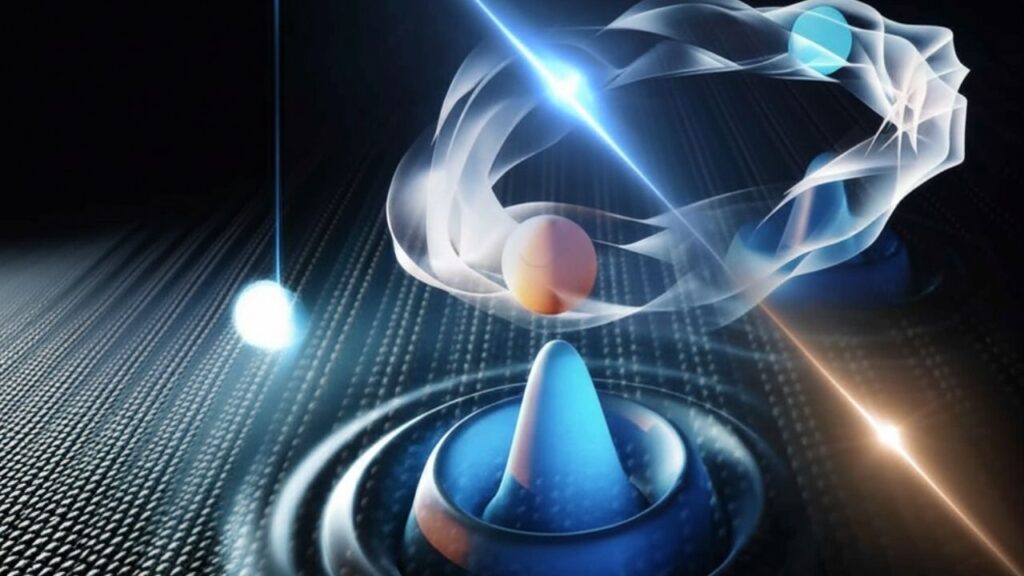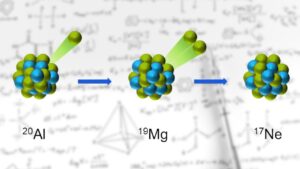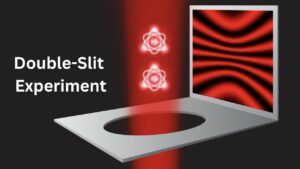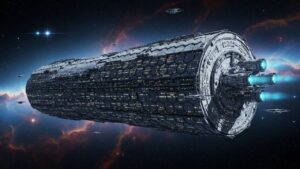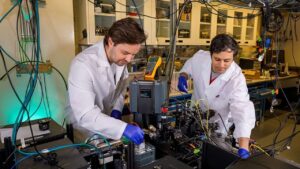The world’s largest digital camera has officially begun its mission at the Vera C. Rubin Observatory, capturing the imagination of scientists and the public alike. This 3.2-gigapixel marvel, known as the LSST Camera, is not only a technological milestone but also the crowning achievement of cosmologist Tony Tyson’s career. As the camera embarks on its ambitious survey of the night sky, it promises to transform our understanding of the universe, inspire future generations, and provide practical benefits for science and society.
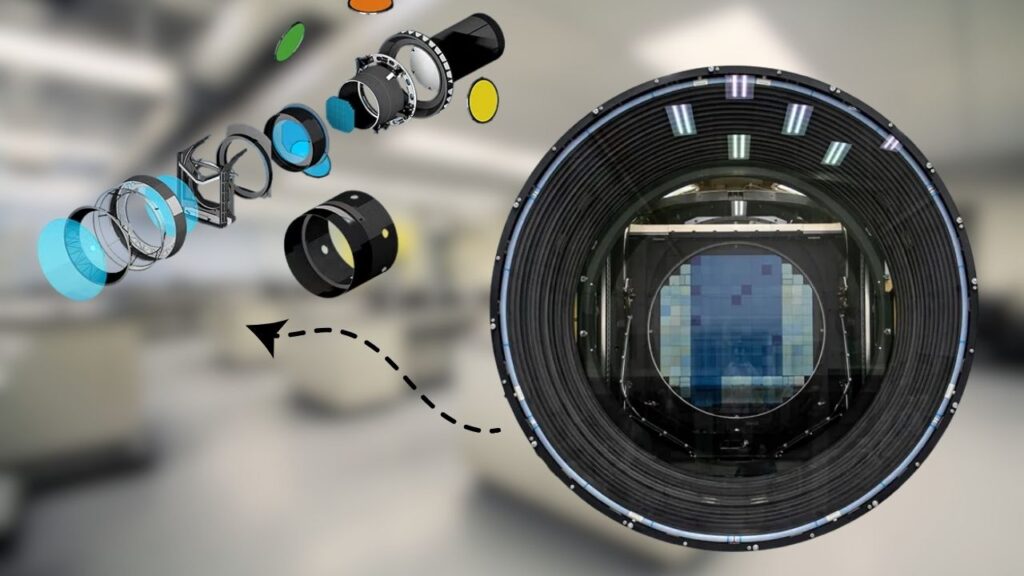
In this article, we’ll break down the story behind the LSST Camera, explain the science and technology in simple terms, and offer insights for everyone—from curious kids to seasoned professionals. You’ll find clear explanations, expert perspectives, and actionable information about this historic achievement.
Table of Contents
World’s Largest Digital Camera Becomes the Crown Jewel of a Cosmologist’s Career
| Feature/Fact | Details |
|---|---|
| Camera Name | LSST Camera (Legacy Survey of Space and Time) |
| Observatory | Vera C. Rubin Observatory, Chile |
| Pixel Count | 3.2 gigapixels (3,200 megapixels) |
| Sensor Array | 189 science CCDs, each 4,000 x 4,000 pixels |
| Focal Plane Diameter | 64 cm (about the size of a large pizza) |
| Camera Size/Weight | 1.65 m across, 3 m long, over 3,000 kg (about the size of a small car) |
| Field of View | 9.6 square degrees (40 times the area of the full moon) |
| Exposure Time | 30 seconds per image |
| Wavelength Range | 320–1050 nm (ultraviolet to near-infrared) |
| Data Volume | 20 terabytes per night, 15 petabytes over 10 years |
| First Light (First Images) | April 15, 2025 (first photons), public images June 23, 2025 |
| Official Website | Vera C. Rubin Observatory |
The world’s largest digital camera at the Vera C. Rubin Observatory is more than a technical marvel—it’s a window into the universe’s deepest mysteries and a testament to human ingenuity. As the camera begins its ten-year survey, it will not only fulfill the dreams of scientists like Tony Tyson but also inspire a new generation to look up and wonder. The data it collects will shape our understanding of the cosmos for decades to come, making this camera a true crown jewel of scientific achievement.
The LSST Camera: A Giant Leap for Astronomy
The LSST Camera is a digital imaging powerhouse. Imagine a camera the size of a small car, weighing over 3,000 kilograms, with a sensor array that’s as wide as a large pizza. This camera can capture images with 3.2 billion pixels in a single shot, making it the most powerful digital camera ever built for astronomy.
How Does the LSST Camera Work?
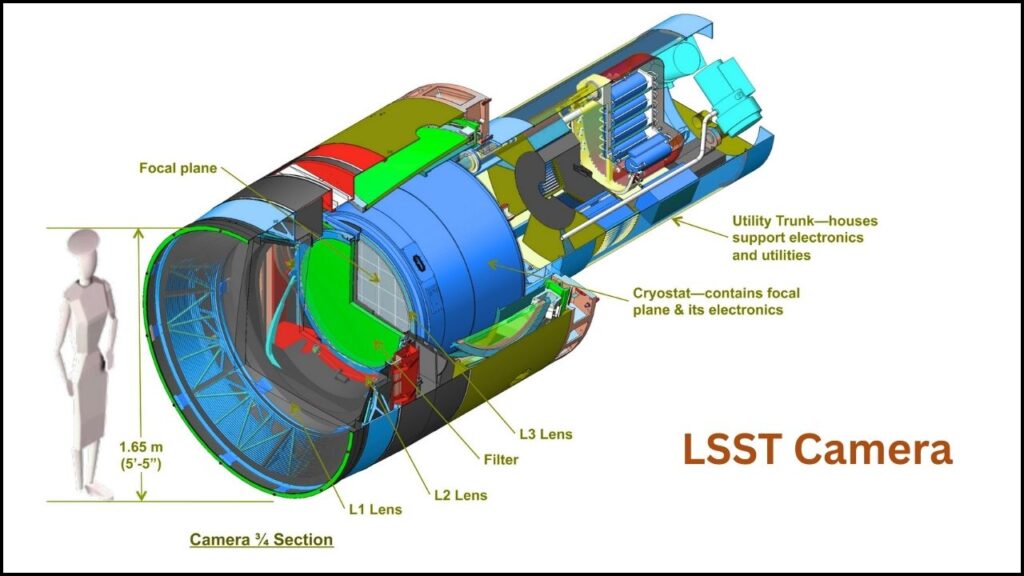
- Sensor Array: The camera’s “eye” is made up of 189 individual CCD (charge-coupled device) sensors, each with 16 million pixels. These sensors are arranged in a mosaic to create a perfectly flat, circular focal plane.
- Pixel Size: Each pixel is just 10 microns across—about one-tenth the width of a human hair—allowing the camera to capture extremely fine details.
- Cooling System: To reduce electronic noise, the sensor array is cooled to -100°C inside a vacuum chamber.
- Filters: The camera uses six giant filters (ugrizy bands) to capture light in different colors, from ultraviolet to near-infrared. Five filters can be loaded at a time, and they’re swapped out automatically as needed.
Why Build Such a Large Camera?
The camera’s size and sensitivity are necessary because it’s designed to survey the entire southern sky repeatedly, capturing faint galaxies, exploding stars, and even moving objects like asteroids. Its field of view is so wide that it can photograph an area 40 times larger than the full moon in a single exposure. This capability allows scientists to observe changes in the universe as they happen, creating a dynamic “movie of the sky.”
Tony Tyson: The Visionary Behind the Camera
The story of the LSST Camera is also the story of Tony Tyson, a pioneering cosmologist whose career has been defined by a quest to see deeper into space. Tyson’s early work with CCD cameras helped astronomers discover that the universe’s expansion is accelerating—a finding that led to the concept of dark energy.
Recognizing the need for a new kind of telescope, Tyson championed the idea of a wide-field survey instrument that could capture the dynamic universe in action. After decades of planning, fundraising, and engineering, his vision became reality with the completion of the LSST Camera in 2024 and its installation at the Vera C. Rubin Observatory in early 2025.
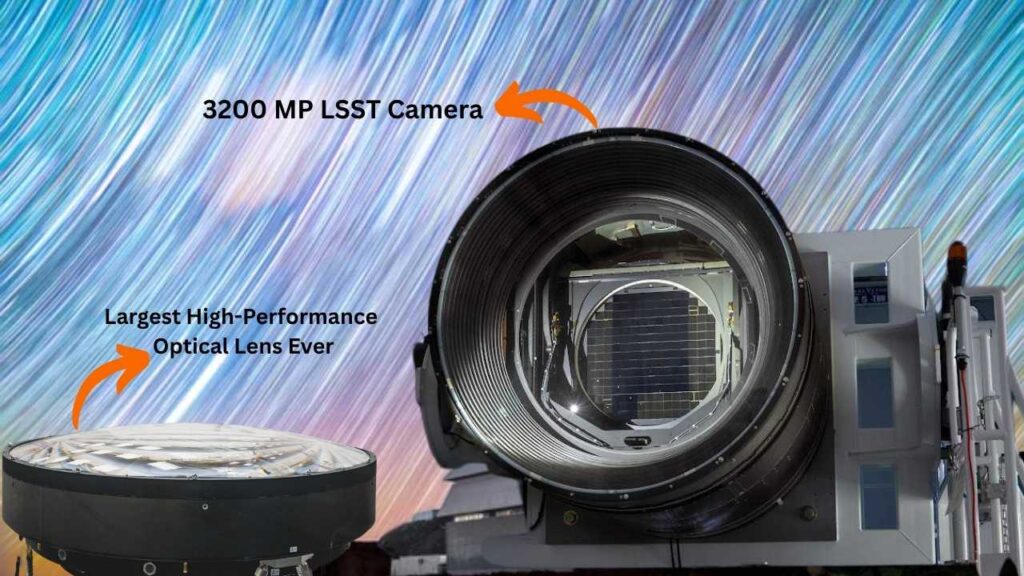
The Science: What Will the LSST Camera Reveal?
1. Mapping the Universe Like Never Before
Over its ten-year survey, the LSST Camera will:
- Photograph 20 billion galaxies and countless stars, creating the most detailed map of the universe ever made.
- Scan the entire southern sky every few nights, allowing scientists to track changes and spot new phenomena quickly.
- Collect 20 terabytes of data per night, building a 15-petabyte archive accessible to researchers worldwide.
This massive dataset will allow astronomers to study how galaxies are distributed, how they evolve, and how the universe itself changes over time.
2. Discovering the Unexpected
Because the camera is so sensitive and surveys such a large area, it will catch rare, fleeting events—like supernovae, gamma-ray bursts, or even unknown cosmic phenomena. This “movie of the sky” will let astronomers watch the universe change in real time.
3. Unraveling Cosmic Mysteries
The main scientific goals include:
- Understanding Dark Matter and Dark Energy: By mapping how galaxies are distributed and how they move, scientists hope to learn more about the invisible forces shaping the cosmos.
- Tracking Asteroids and Comets: The camera’s rapid, repeated imaging will help identify potentially hazardous objects near Earth.
- Studying the Milky Way: The survey will reveal new details about our own galaxy, including rare stars and stellar explosions.
Technology Deep Dive: Inside the LSST Camera
The Focal Plane
- 189 CCD Sensors: Arranged in 21 “rafts,” each raft contains nine sensors. The four corners of the array have extra sensors for guiding and focus control.
- Flatness: The focal plane is so flat that its surface varies by less than a tenth the width of a human hair—critical for sharp images across the wide field.
Optics and Filters
- Three Giant Lenses: The largest lens is 1.55 meters across—bigger than most telescope mirrors.
- Filter Wheel: Holds five out of six possible filters at once, allowing quick changes to capture different wavelengths of light.
Data Handling
- Fast Readout: The entire 3.2-gigapixel image can be read in just 2 seconds, thanks to 16 amplifiers per CCD.
- Image Processing: Advanced software removes noise and corrects for tiny differences between sensors, ensuring consistent, high-quality data.
Engineering Challenges
Building and assembling the LSST Camera required overcoming significant technical hurdles:
- Precision Manufacturing: The camera’s components, especially the sensors and lenses, had to be manufactured to extremely tight tolerances.
- Thermal Stability: Maintaining the focal plane at -100°C while the rest of the camera operates at room temperature required advanced insulation and cooling systems.
- Data Management: Handling and storing the massive data output required new approaches to data transfer, storage, and analysis.
Real-World Impact: Why the LSST Camera Matters
For Science
The LSST Camera will provide a treasure trove of data for astronomers, physicists, and planetary scientists. Its observations will help answer fundamental questions about the universe’s origin, structure, and fate.
For Society
The camera’s ability to detect and track near-Earth objects has practical implications for planetary defense. By identifying potentially hazardous asteroids and comets, the LSST Camera contributes to the safety of our planet.
For Education and Inspiration
The project is already inspiring students and educators worldwide. Public access to images and data means that anyone with an internet connection can explore the universe, participate in citizen science projects, and even contribute to new discoveries.
Getting Involved: Practical Advice
For Students and Enthusiasts
- Explore Public Images: The first images are already available online. Visit the official Rubin Observatory website to see the latest discoveries.
- Join Citizen Science Projects: Many discoveries will come from volunteers helping to classify objects or spot unusual events in the data.
For Professionals
- Access the Data Archive: Researchers can request access to the full dataset, which will be updated nightly.
- Collaborate on Science Teams: The Rubin Observatory supports a global network of scientists working on everything from cosmology to near-Earth asteroids.
NSF–DOE Rubin Observatory to Unveil First Look Cosmic Images Today
Dark Dwarfs Detected Lurking at the Center of Our Galaxy in Mysterious New Study
FAQs About World’s Largest Digital Camera Becomes the Crown Jewel of a Cosmologist’s Career
What is the LSST Camera?
The LSST Camera is the world’s largest digital camera, built for the Vera C. Rubin Observatory in Chile. It has a 3.2-gigapixel sensor and is designed to survey the entire southern sky repeatedly over ten years.
How big is the camera?
It’s about 1.65 meters across, 3 meters long, and weighs over 3,000 kilograms—about the size and weight of a small car.
How much data does it collect?
The camera will collect about 20 terabytes of data every night, adding up to 15 petabytes over the course of the survey.
What will scientists learn from this survey?
They hope to learn more about dark matter, dark energy, the structure of the Milky Way, and to discover new asteroids, comets, and explosive cosmic events.
Can the public see the images?
Yes! The first images are already public, and more will be released as the survey continues. Check the official Rubin Observatory website for updates.
What makes the LSST Camera unique compared to other telescopes?
Its combination of a huge field of view, high sensitivity, and rapid imaging makes it uniquely capable of capturing both the static and changing universe, allowing for discoveries that were previously impossible.
How does the LSST Camera help protect Earth?
By continuously scanning the sky, the camera can spot and track asteroids and comets that might pose a threat to Earth, giving scientists more time to study and respond to potential hazards.
